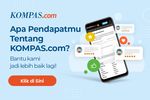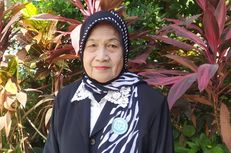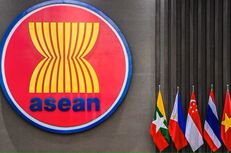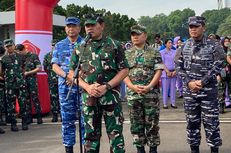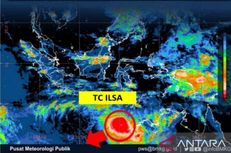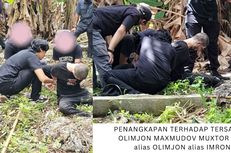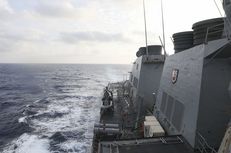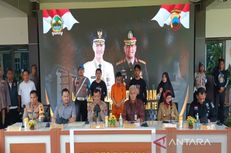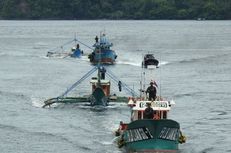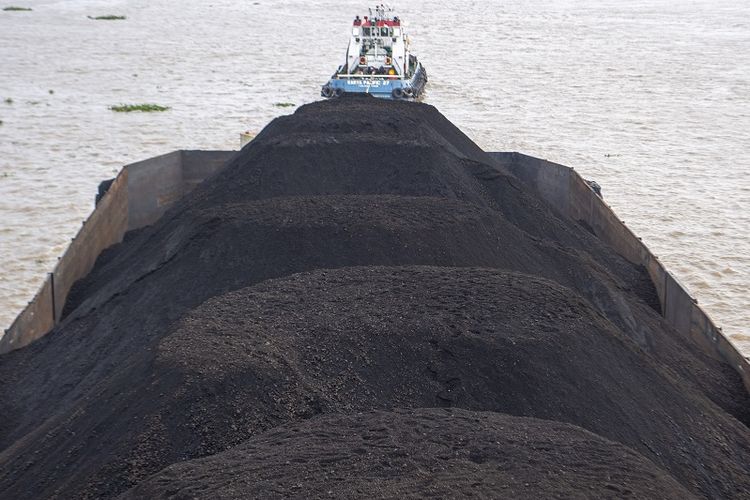
Southeast Asia is one of the few areas of the world where coal usage has increased in the past decade. In 2019, the region consumed around 332 million tons of coal, nearly double the consumption from a decade earlier, according to the International Energy Agency (IEA).
Of that, Indonesia accounted for 42% and Vietnam nearly a third. In 2019, the region's imports of thermal coal rose by 19% compared with the previous year, according to an IEA report.
Energy generated from coal doubled in the Philippines between 2011 and 2018, when it accounted for 53% of energy consumption, according to the country's Department of Energy.
Coal is expected to account for more than 50% of Vietnam’s energy supply by 2030, the World Coal Association, an industry body, predicts.
Even Laos, which has built hundreds of hydropower dams over the past decade, saw coal-fired energy production rise from almost nothing to 10,000 GWh in 2017.
In February, Laos' deputy minister of energy and mines, Daovong Phoneke, announced that two new coal-fired energy plants, with investments worth up to $4 billion, will open by the end of the year, mostly to export energy to neighboring countries.
According to a study published in November in the journal of Energy and Climate Change, coal-fired energy will overtake natural gas as the main power source in the ASEAN region by 2030. And by 2040 it could account for almost 50% of the region's projected CO2 emissions.
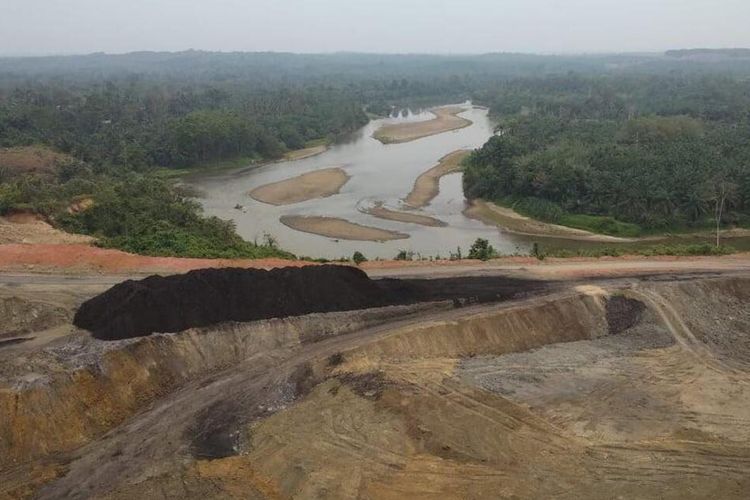 A cache of coal in a mine
A cache of coal in a mineIs the EU ignoring coal in Southeast Asia?
However, coal-fired power production is rarely, if ever, mentioned by the EU in its climate policy in Southeast Asia.
After the second EU-ASEAN High-Level Dialogue on Environment and Climate Change in November, a post-dialogue statement by the two blocs did not reference coal-fired energy.
Neither is coal mentioned in detail in the Blue Book 2020, a 47-page guide that lays out EU-ASEAN partnership.
"The mix of a strong research base, policy advice, feasibilities for collaboration, and access to finance should help them to cope with the transition," said Driesmans, the EU ambassador, referring to the ASEAN bloc's climate change activity.
Also read: Germany Allocates 2.5 Billion Euros for Green Infrastructure Projects in Indonesia
"As part of the forthcoming dialogue on Clean Energy between the EU and ASEAN, we hope to be able to support ASEAN in its energy transition, including all relevant aspects: renewable energy, energy efficiency, grid integration, climate finance and coal phase out.," he added.
The EU tends to take a more subtle approach. The EU-Vietnam free trade agreement, which came into effect last year, commits Vietnam to making efforts towards renewable energy production but there is no explicit mention of limiting its coal-fired energy consumption.




